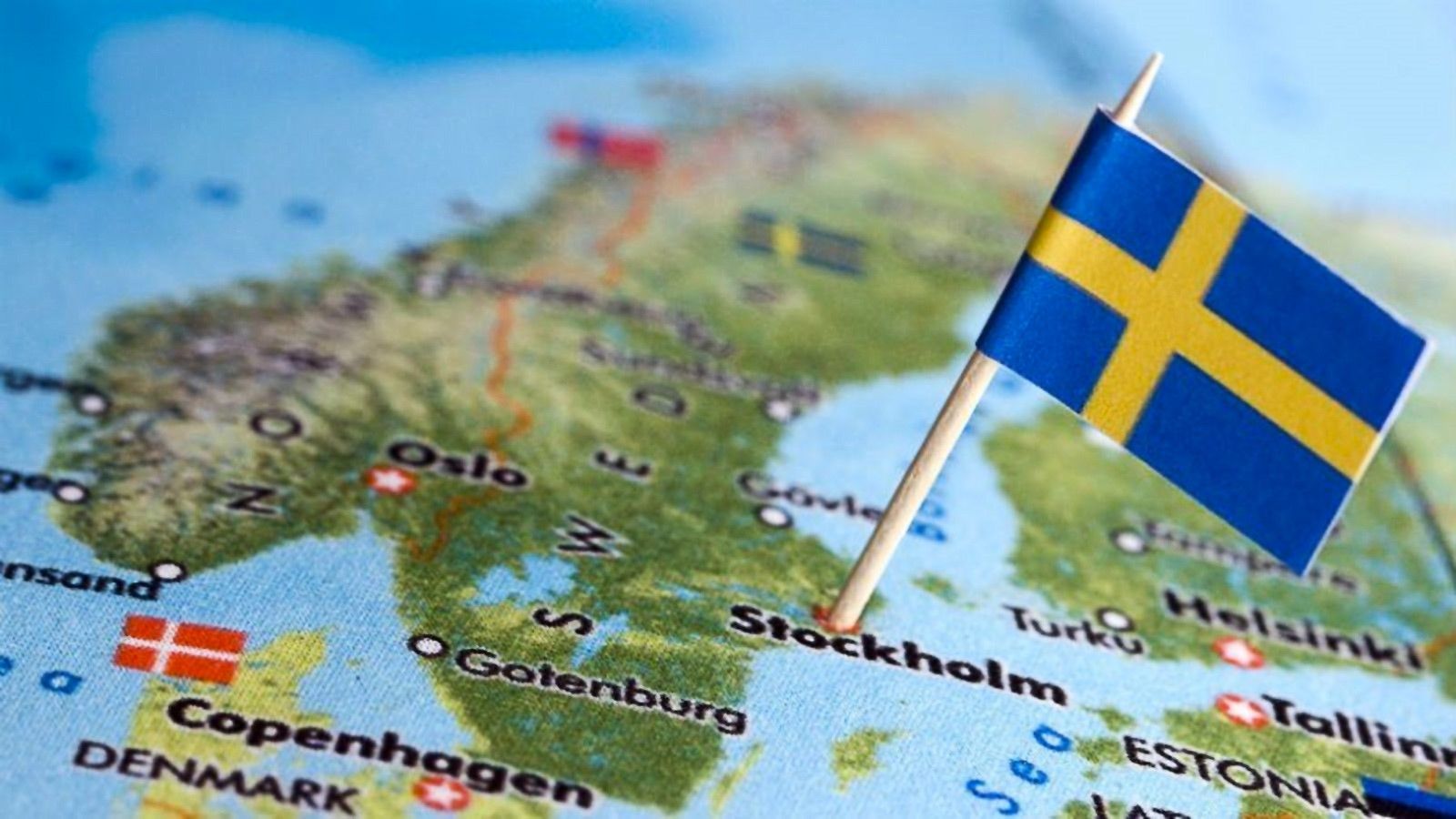 Selling Worldwide. Is English Translation enough?
Selling Worldwide. Is English Translation enough?
Quite simply, no. You need translation services tailored to your market!
Unless you plan to sell your services in only English-speaking markets, English translation will be a necessity (and its importance cannot be overlooked), but will never be enough on its own!
If we take this as our starting point, then we’re off to a good start. We all know that English is the lingua franca in most domains, but what we need to be aware of is that only part of the world understands it fully.
The importance of client comfort – native professional translation is important.
It is very important to never forget that clients or visitors need to feel comfortable when they use your website. If it is difficult for users to understand a text or they can only partly understand it, they are more likely to leave the page than continue reading. If the text is written in their native language, chances of this happening are reduced. It is essential to speak the language of your clients and to put yourself in the shoes of your readers. If a company that wants to internationalise and expand into different markets, it will need to use the various languages that are native to those markets. This is the only way that they will be able to make the navigation of their information and services easy for their target public and avoid potential clients going to the competition simply because they cannot understand their website!
Translation services for communication.
Equally, a text written in a user’s native language makes it easier for them to request information when they don’t understand something – they will know that on the receiving end of their query is a team of professionals to take care of their needs. If, for example, a text is only available in French, only around 50/60 % of potential users will be able to understand it. The same goes in English, albeit with more a more favourable figure. Why limit your audience when there are potential clients the world over who could be interested in your services or products if they only had access to the information?
















